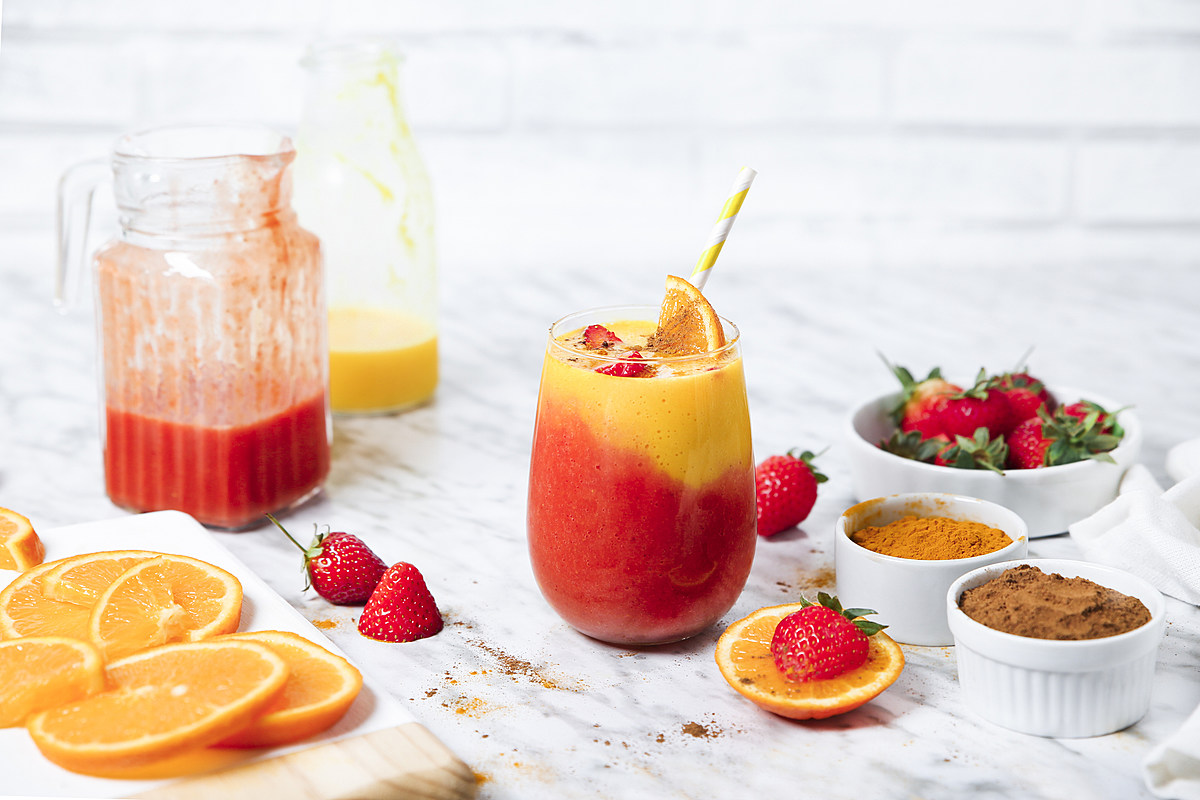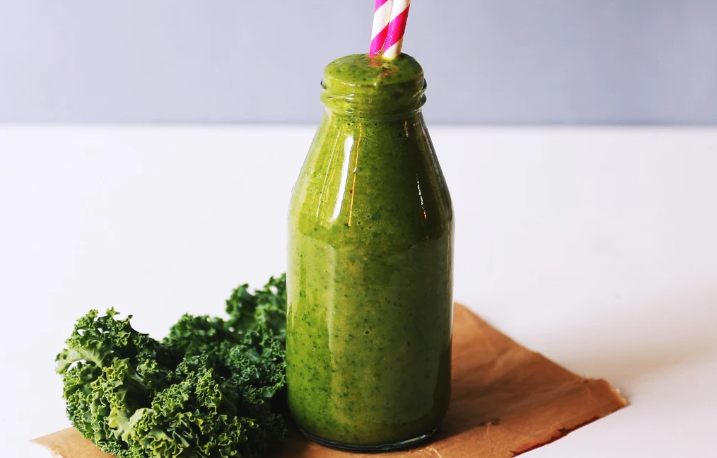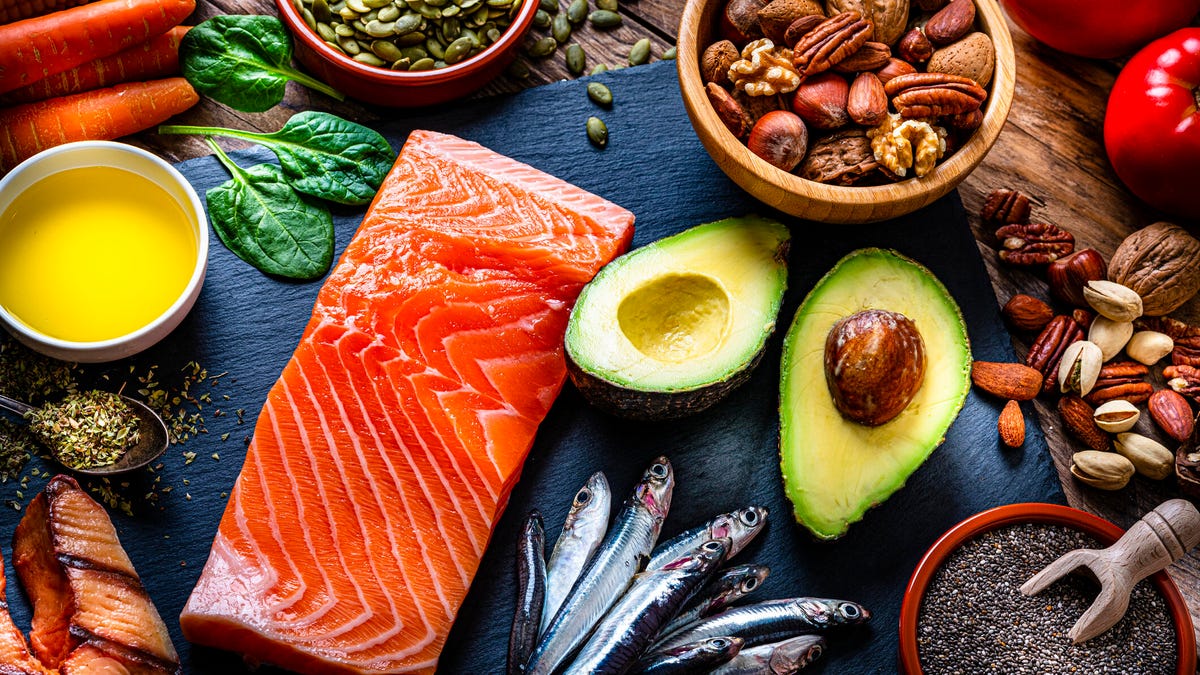It’s a common misconception that any food labeled “vegan” is automatically healthy. If you’re going plant-based for your health or to help manage your weight and lower your risk of developing diseases, unless you’re shopping at the farmer’s market or in your produce section, finding products that are actually healthy can be a minefield. So The Beet has put together this guide to help you be a savvy shopper and avoid “green halo” marketing traps.
So-called health foods can be bad for you
Food companies and retailers have become skilled at using buzz words such as “low-fat,” “natural,” and more recently “plant-based” or “vegan” to encourage people to buy their products under the guise of being healthy. However, if you look closely at the list of ingredients on the back, you may find that these products are heavily processed and contain excess amounts of sugar, fat, salt, flavorings, fillers, or artificial coloring.
To avoid succumbing to the perception of vegan = healthy, you need to first read and then be able to understand food labels, rather than being enticed by clever packaging.
What to look out for on vegan food labels
Healthy food is as near to its natural state as possible. Vegetables, fruit, grains, and legumes, in their whole state (without the outer husks removed or being processed), are the best types of food to eat. Whole foods provide your body with the vitamins, minerals, phytonutrients, and fiber it needs to function properly and manage your weight.
The best foods to eat – vegetables, fruit, nuts, seeds, whole grains – are in such a natural form they don’t even need a food label. So eat whole foods as the majority of your diet, but if you choose to add a packaged food, be sure to read the label and look out for the following.
Natural ingredients that are less processed
When reading a food label, look for a shorter list of ingredients that you recognize as food rather than long names of additives, preservatives, and fillers. Processed food falls into a wide spectrum — from minimally processed can of lentils to an ultra-processed plant-based burger and pre-made microwave meals.
Frozen vegetables, pre-washed salads, canned beans, and jars of passata are all foods that are minimally processed and convenient to include in a whole food plant-based diet.
Avoid the ultra-processed foods that bear little resemblance to anything that grows in the ground — these foods may be marketed as healthy even though they’re heavily processed. (Look out for fillers, flavorings, colorings, added sugars, and a lack of natural ingredients.)
Fewer added sugars
Dietary guidelines recommend that we limit added sugar in our diet to no more than ten percent of total calories, which equates to about 50 grams per day on a 2,000 daily calorie diet. Added sugars are listed on food labels, and you can also look for ingredients ending in “ose” – the last letters in the names of most sugars – such as sucrose, fructose, maltose, dextrose, and also other types of sugars such as corn syrup, invert sugar, and molasses.
Macronutrient ratios
Look at the macronutrients of foods to help you stay within the recommended guidelines. The Dietary Guidelines for Americans 2020-2025 advises that adults consume 45 to 65 percent of their calories as carbohydrates, less than ten percent of total daily calories as saturated fat, and no more than 2,300 milligrams of sodium a day (which is about a teaspoon of salt). Adults also need 25 to 31 grams of daily fiber a day, and the best way to get this is through whole foods such as vegetables, grains, and legumes. Paying attention to these amounts on food packaging can help manage weight, diabetes risk, and blood pressure.
10 Vegan “Health Foods” to avoid
The following foods are marketed as being healthy by many manufacturers and are shelved in the health foods section of supermarkets or health food stores. But many of these foods contain added sugars or other ingredients that are not part of a whole foods plant-based diet.
1. Energy bars
If you’ve just done a half-marathon, been hiking all day, or maxed out your hour-plus gym workout then an energy bar may be what you need to refuel. However, most people who are sedentary or minimally active don’t need all the carbs and calories that come in these packaged energy bars. Chances are it would take hours to burn off the “energy” in these wrappers, and if you’re sitting at your desk, you’re not going to expend that amount of calories. They call them energy bars for a reason: they are energy-dense containing added sugars, fats, and calories. Some have as many as 360 Calories, 15 grams of fat, and 50 grams of carbohydrates per bar.
2. Fruit smoothies
As tempting as delicious fruit smoothies can be, they’re not the best choice for managing weight and regulating energy. Some smoothies contain added sugars or filler juices such as grape juice, so look out for these on labels. Even if your smoothie is made simply from fruit with no added ingredients, it can still contain around 35 grams of natural sugar – which can spike your blood glucose and lead to weight gain if you make a habit of having a smoothie every morning. The same goes for that acai bowl, which can have more calories than lunch.
It’s useful to remember that when we eat whole fruit, our digestive system needs to break down the cell walls of natural fiber to release the sugars and beneficial nutrients such as vitamins and minerals. When consuming a fruit smoothie or juice that’s been frothed and blended, all that hard work your body would normally do has been done by the machine, so the sugar gets released more quickly and will store as fat if you don’t burn off that energy. Some smoothies contain over 500 calories, so if you drink one, think of it as a meal.
3. Sweetened plant-based milk
Most plant milk is ultra-processed and over half of the available products on the market contain added sugar, according to a 2021 study. Avoid sweetened or flavored plant milks, which tend to have higher amounts of added sugar.
Plant milk can be the basis of transitioning from dairy to a healthy plant-based diet and there are many alternatives available that contain no added sugars or less added sugars so look at the label. It’s useful to remember that four grams of sugar equal one teaspoon — so if you wouldn’t put two teaspoons of sugar on your oatmeal in the morning, why pour it on instead?
4. Fruit yogurt
Plant-based fruit yogurts can contain about 16 grams of sugar in one small container. Not all of the sugars in a fruit yogurt are added — some come from fruit or juice. But if you’re trying to manage your weight or lower your risk of type 2 diabetes, it’s too much sugar to consume in a so-called healthy snack. Instead, try unflavored and unsweetened yogurt such as coconut or almond and top it with some fresh berries or apple slices and cinnamon.
5. Agave nectar, coconut sugar, brown rice syrup, vegan honey
Although these types of sweeteners are natural, they are still sugar. That means you still need to be aware of how much you’re using. Agave nectar has a low glycemic index (GI) so retailers often market it as healthy, but it has a high fructose content which research indicates is detrimental to weight and the risk of diabetes and non-alcoholic fatty liver disease.
Coconut sugar is another naturally high fructose sugar and rice syrup has a very high GI of 98, while vegan honey contains sugar or other natural sweeteners. While these natural sweeteners are empty calories, other sweeteners such as molasses and maple syrup contain some nutrients such as iron and antioxidants but you still need to use them in moderate amounts. Some people may prefer to use stevia as a sweetener if they are trying to manage their weight or diabetes.
6. Vegan butter or margarine
Your favorite plant-based margarine and butter spread may include saturated fat and oils that are not good for you. These alternative spreads are processed foods made from oils high in omega-6 fatty acids (which we eat too much of in a western diet) and contain flavorings, colorings, and preservatives. Look for tropical oils such as palm oil, coconut oil, and palm kernel oil that are high in saturated fat high up on the label. Even if it says “made with olive oil,” chances are the first ingredients are something less healthy for you.
That’s not to say that you shouldn’t use a little of these for sandwiches or on toast now and then, but just be aware of how often you use processed products such as these, that have little nutrient content (some may be fortified with vitamins) apart from fat.
7. Flavored rice cakes
Somehow rice cakes got a reputation as a healthy diet food and everyone decided to snack on these. But in fact, even plain rice cakes are a high glycemic index food, meaning they spike your blood sugar. The ones that are sweetened are even worse and full of salt and artificial ingredients, so this “health food” is anything but. Choose whole-grain varieties and top them with a natural protein such as almond butter or hummus to slow down the release of energy and keep you full longer. This will also help you avoid weight gain.
8. Dried fruit
Dried fruit is synonymous with “healthy” but those apricots you love are a much more concentrated form of sugar than the whole fruit, so watch out for how much you consume.
A single ounce of raisins – or about 16 raisins – contains 17 grams of sugar, a quarter cup of dried mango, or about 9 pieces, contains more than 26 grams of sugar, and a cup of dried mixed fruit that you may use in baking contains 106 grams of sugar. Instead of adding dried fruit to your trail mix, try some fresh blueberries instead.
9. Sports drinks
Sports drinks can contain over eight teaspoons of sugar and studies say they are contributing to childhood obesity as youngsters drink more than they burn off at recess. Unless you’ve engaged in vigorous activity for more than an hour, there’s little need for these sports drinks to replace the fuel in your body.
10. Breakfast cereal
We all know that most breakfast cereal is full of sugar but the ones that market themselves as healthy or full of natural ingredients are trying to separate themselves from the rest. Even granola packaged to look wholesome or that states on the package it is “heart-healthy” could be fooling you until you read the label. Check to see the added sugar, total carbs, fat and fiber per serving. The higher the fiber the better, of course. A healthier option is to top whole-grain oats (the kind of Oatmeal you make from scratch, not the packets full of brown sugar) with fresh berries and nuts and serve with unsweetened plant mil.
The Bottom Line: Be a savvy shopper and read labels to check for hidden sugar
Look for high levels of salt, sugar, and fat, which may derail your efforts to lose weight or eat a healthy diet. Eat mainly whole foods, and if purchasing packaged foods look for brands that are minimally processed and have a shorter list of ingredients.











